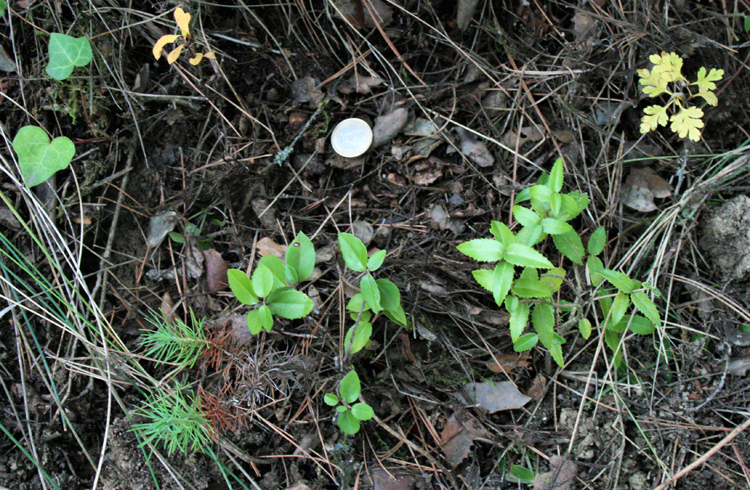Established plants can affect the recruitment of young plants, filtering out some and allowing the recruitment of others, with profound effects on plant community dynamics. Recruitment networks (RNs) depict which species recruit under which others. Here, whether species abundance and phylogenetic distance explain the structure of RNs across communities is investigated. The frequency of canopy–recruit interactions among woody plants in 10 forest assemblages to describe their RNs is estimated. For each RN, authors determined the functional form (linear, power or exponential) best describing the relationship of interaction frequency with three predictors: canopy species abundance, recruit species abundance and phylogenetic distance. Models were fitted with all combinations of predictor variables, from which RNs were simulated. The best functional form of each predictor was the same in most communities (linear for canopy species abundance, power for recruit species abundance and exponential for phylogenetic distance). The model including all predictor variables was consistently the best in explaining interaction frequency and showed the best performance in predicting RN structure. Results suggest that mechanisms related to species abundance are necessary but insufficient to explain the assembly of RNs. Evolutionary processes affecting phylogenetic divergence are critical determinants of RN structure. informacion[at]ebd.csic.es: Alcántara et al (2019) Plant species abundance and phylogeny explain the structure of recruitment networks. New Phytol doi: 10.1111/nph.15774
https://www.ncbi.nlm.nih.gov/pubmed/30843205


 Las altas temperaturas están provocando que las lagunas y las marismas de Doñana pierdan agua rápidamente
Las altas temperaturas están provocando que las lagunas y las marismas de Doñana pierdan agua rápidamente




